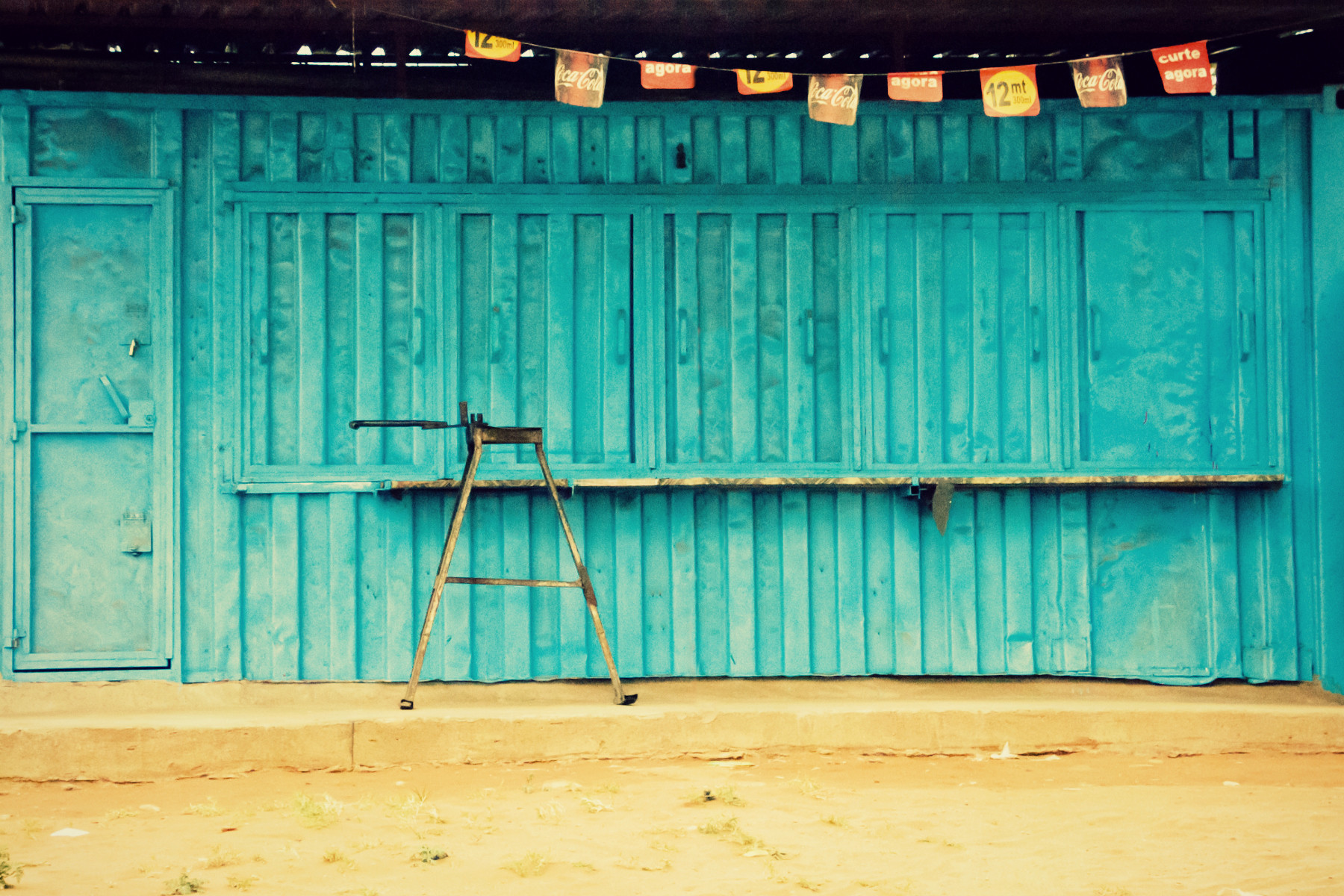
Block 1A in Pucallpa, Peru. It’s located across the street from where the city began. Back in the day, there were only a bunch of Indian huts, but as the road (singular!!) was built back in the 1940s, the city grew and grew to its current population of over 500,000.
In those early days, the Indians (the natives from villages up and down the Ucayali River) were considered to not have a soul. They were looked down upon, and had no access to schools, hospitals or any kind of amenities. When they came to the growing city to sell their goods and buy any supplies they needed, they weren’t allowed in restaurants or hotels, so they were often the victims of beatings and muggings as they had to fend for themselves on the streets.
In the 1950s, missionaries arrived. Most of them lived in the jungle villages with the Shipibo people (the largest tribe in that area) and ran the village clinics, schools and churches. They had a building in the city where they stored books and medical supplies… and as the years passed, that building became a safe haven for the Indians when they were in the city for business.
That building is called Centro Nativo, or Indian Center… and yes… that’s block 1A in the city of Pucallpa!! It’s changed a lot since the early days… but it’s still a safe spot for the Indians.
The Peruvian government changed their minds in 1981 and declared the natives to have souls after all… so everything’s fine and dandy from that point, right? Nope. It takes generations to change cultural prejudices, and this is no exception. Even today, the Indians are still susceptible to crime when they come to the city. They don’t have much money, so they can’t afford to stay in hotels even if they are allowed in them… so they still have to fend for themselves. But the Indian Center is their haven. They can pay pennies to stay there for the night (some stay for weeks at a time), and they have running water, firewood, “bathrooms”, and a kitchen area where they can cook meals.
The rooms are hardly anything to look at – a dark, concrete cell where they can hang hammocks from the wall and lay mats on the ground for sleeping – but they’re safe and affordable. The gate to the street gets locked at 10pm, and the only window in their room (glassless but with metal bars) looks into the internal concrete corridor. It’s literally a life-saver for so many families who travel to the city together, and for the men of the villages who have a wife and many, many children waiting for them in the jungle!!
We asked Tom how many people the Center can house at any one time, and it’s hard to say. But they average 35,000 people per year who stay at least one night. Sometimes there are only two people in a room who travelled together, and sometimes there are several generations of one family sharing that small space. And there are kids everywhere. I mean, everywhere!!
The building is also the home of the Bible Institute – a bible school that was started in 1992 and, to date, has had 21 graduating classes with over 350 graduates from 12 different indigenous tribal groups. They train Indian couples for a couple of months three times per year (they go back to their villages in between semesters), and those couples return home and lead in their church once they’ve graduated. Get this: over 90% of the graduates are actively involved in ministry!! There are countless educational institutions around the world who would love those placement stats!!
We were able to spend a bunch of time with some of the people staying at the Indian Center. Absolutely none of them speak English, so thank the Lord for our trusty translators!!
Clean water update:
You may remember from a previous post that we were returning to Pucallpa to install a clean water system in a school for handicapped children. However, the school had to dig a new well in order to have the filtration system and, unfortunately, the water samples from that new well have been “inconclusive”. This means we don’t actually know what bacteria and organisms they’re dealing with yet, so we need to put the system on hold for them.
The Indian Center was one of the other locations we tested for the water system while we were there last year, so next week we’re heading back to give them the gift of clean water… yay!! We’re sad for the staff and children at Refuge of Hope… but we’ll be running more tests on their new well while we’re there, and they’ll probably have a water filtration system installed towards the end of 2016.











(A wider view of the kitchen is in the background.)






















































